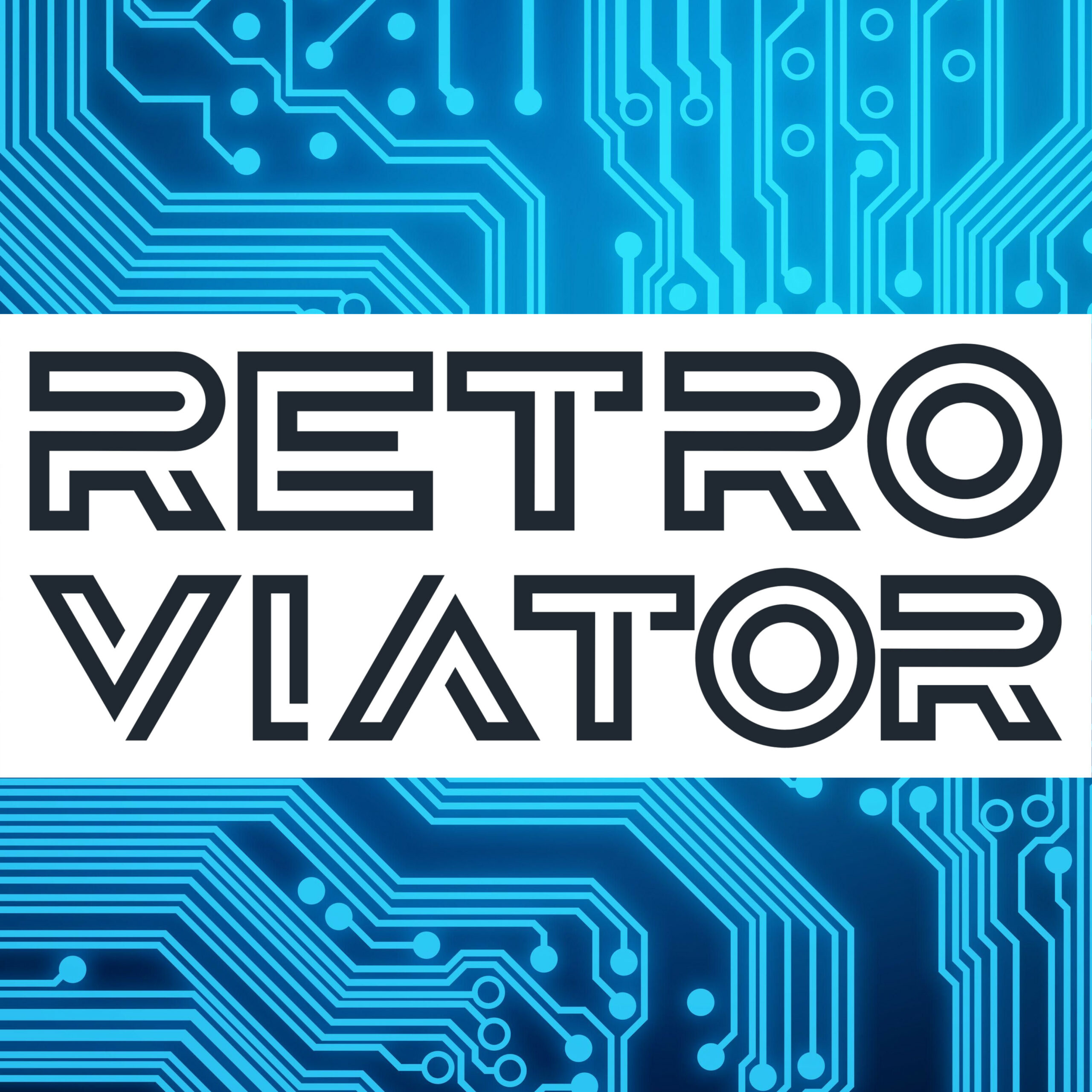A handful of product names are so ubiquitous and defining they become synonymous with their industry: Coke, Aspirin, Band-Aids, Post-Its, etc. In computing, the IBM Personal Computer was that product. In the early days of the microcomputer revolution, tech enthusiasts and business insiders were curious if “Big Blue” would step outside its dominant position in business and university computer rooms and enter the nascent small computer market. In the 1970s, IBM rolled out the portable 5100 series of computers, showing that it could build machines designed for desktops, but these systems were expensive and niche at best. After the explosion of interest following the 1977 West Coast Computer Faire, the microcomputer industry was moving at a breakneck speed and becoming…
Leave a CommentClassic Computer Enthusiast










